Summer students look back on their time at CHILD-BRIGHT
This summer, we were delighted to welcome 11 undergraduate students to our 2024 CHILD-BRIGHT Summer Studentship Program (SSP): Shannon Walsh, Parya Borhani, Natalie Wong, Muhammad Saim, Megan Liang, Lola Irelewuyi, Hanna Huguet, Anton Santos, Nina Chang, Shannon Tse, and Abigail Hansen.
Every year, CHILD-BRIGHT helps train a new cohort of students in patient-oriented research (POR) by supporting our project and program teams as they hire students for the summer. In 2024, we earmarked $38,250 to support these undergraduates, who worked with nine program and project teams.
At the end of the summer, each student was asked to share what they’d gained from the SSP and how they think it will impact their career in health research. Here’s what they had to say!
“The importance of POR is my greatest takeaway from this research experience.”
A new perspective on patient-oriented research
The 2024 summer students arrived at CHILD-BRIGHT with varied backgrounds and levels of experience. But by the end of the program, they were all strong believers in the value and importance of POR!
Students who were already proponents of collaborative research, like Hanna, felt that the SSP strengthened their commitment to POR and helped them develop a deeper understanding of its benefits: “My views on the importance of POR remained consistent both before and after the program, as I continue to believe in its value and potential,” Hanna shared.
Conversely, those who had little knowledge of this research approach agreed that the SSP provided a comprehensive introduction to the principles and practices of POR. Namely, they felt that it clearly presented how the creation of meaningful partnerships with patients, families, communities, and partners with lived and living experience (PWLEs) increases the research’s real-world impact.
“I was most surprised to learn just how significant the gap is between health research and impact, only further underscoring the importance of POR to the future of research,” wrote Parya.
For Muhammad, the experience fundamentally changed how he views health research: “My perspective has shifted significantly. I now see POR as a pathway to more ethical and effective research that is deeply attuned to the needs of those it seeks to help.”
“The experience of engaging in discussions with professionals and PWLEs alike has been transformative.”
An opportunity to learn from health experts across Canada
This summer’s cohort unanimously agreed that one of the biggest benefits of the SSP was the wealth of knowledge and tools they acquired from various health experts across the country. They were thrilled to be able to work alongside and learn from a wide range of individuals, including physicians, nurses, researchers, and PWLEs.
“[The program] offered an opportunity to connect with experts in the field every other week,” wrote Anton, noting that these were “invaluable connections”.
Many students were especially grateful for the opportunity to work directly with patient and parent advisory committees, as it gave them a new perspective on the population’s unique experiences, concerns, and needs.
Natalie wrote: “I’m committed to applying these insights to future projects, ensuring that the voices and experiences of PWLEs remain central to the research journey.”
“I’ve learned that POR is a vital approach to making health care more inclusive.”
Newfound expertise in KM, IS, and EDI-DI
In addition to their work embedded with a CHILD-BRIGHT research project and team, CHILD-BRIGHT summer students follow a curriculum that introduces them to key POR concepts. This year’s training series explored the intersections between POR, knowledge mobilization (KM), and implementation science (IS), topics that were deeply appreciated by the 2024 cohort. Muhammad wrote that the curriculum inspired him “to think more creatively about how to disseminate research findings in ways that are accessible and actionable for the communities involved.”
Several other students mentioned that the KM and IS modules gave them new insights on how to bridge the gap between health care practices and research.
Hana wrote: “I developed a deeper understanding of the many factors that influence research implementation [...] and the importance of ensuring that findings are integrated in a way that’s both approachable and efficient for practitioners.”
Similarly, many students noted that the program had solidified or sparked their commitment to equity, diversity, inclusion, decolonization and Indigenization (EDI-DI) in health research. They learned about the significance of building meaningful partnerships and how to achieve them while avoiding tokenistic inclusion in POR.
“I’ve seen firsthand the distrust many marginalized communities have toward the health care system,” wrote Lola. “So, I appreciate how this studentship emphasized how PWLEs enhance research with a personalized approach.”
“This process has allowed me to develop a keen interest in clinical research and makes me excited to continue my learning journey in child health POR!”
A program with long-lasting impacts
Overall, the 2024 cohort's reflections clearly illustrate that the SSP has had a profound influence on their research philosophies, goals, perspectives, and abilities, and will undoubtedly have a long-lasting impact on their careers in pediatric health.
“As I look ahead to graduate studies, I’m eager to continue my involvement in KM efforts,” concluded Anton. “The skills and knowledge I’ve gained through this program will be invaluable in my future endeavors.”
Many noted that the program had further encouraged their passion for research and given them new momentum as they looked to the future.
“This program has shaped me into a more thoughtful and patient-centered research trainee,” wrote Natalie. “I’m excited to continue contributing to health care advancements!”
Interested in learning more about CHILD-BRIGHT's training initiatives and opportunities? Become a newsletter subscriber!
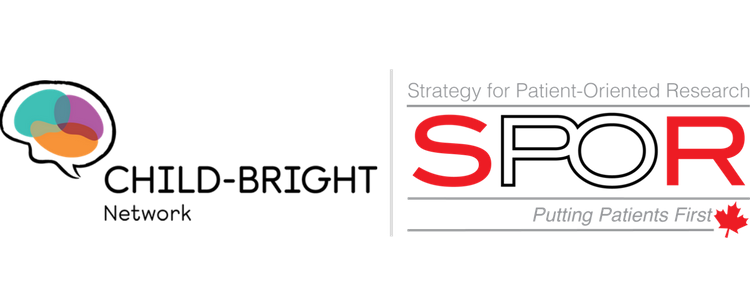





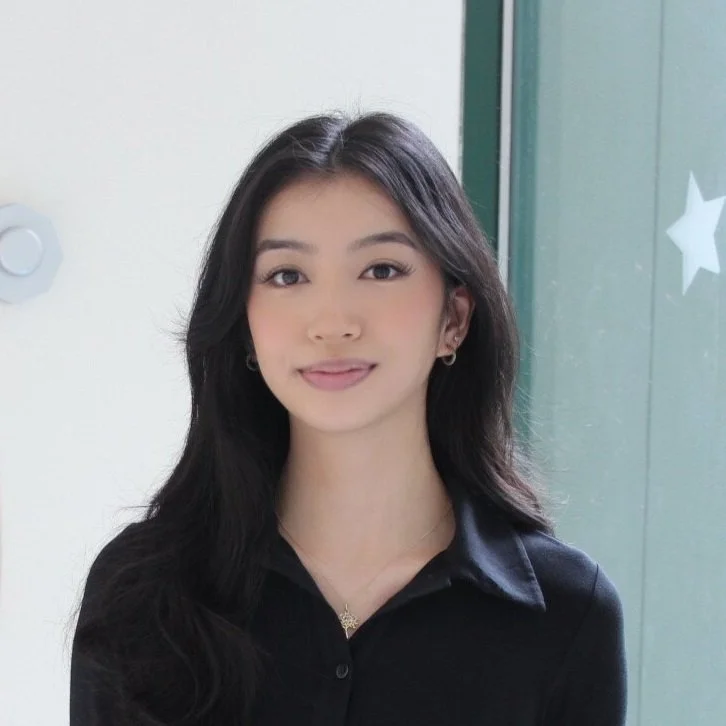

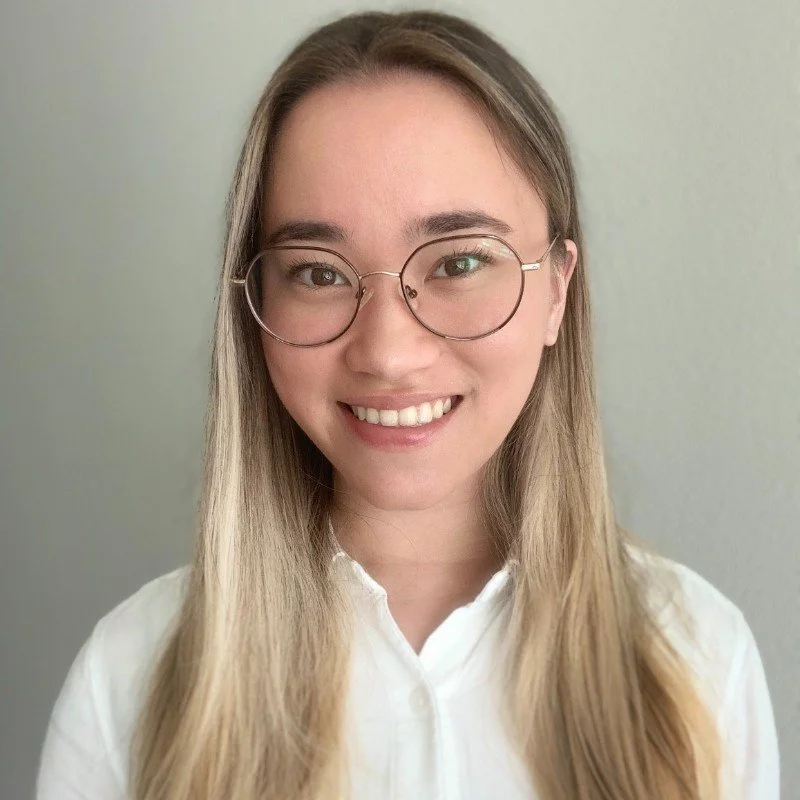
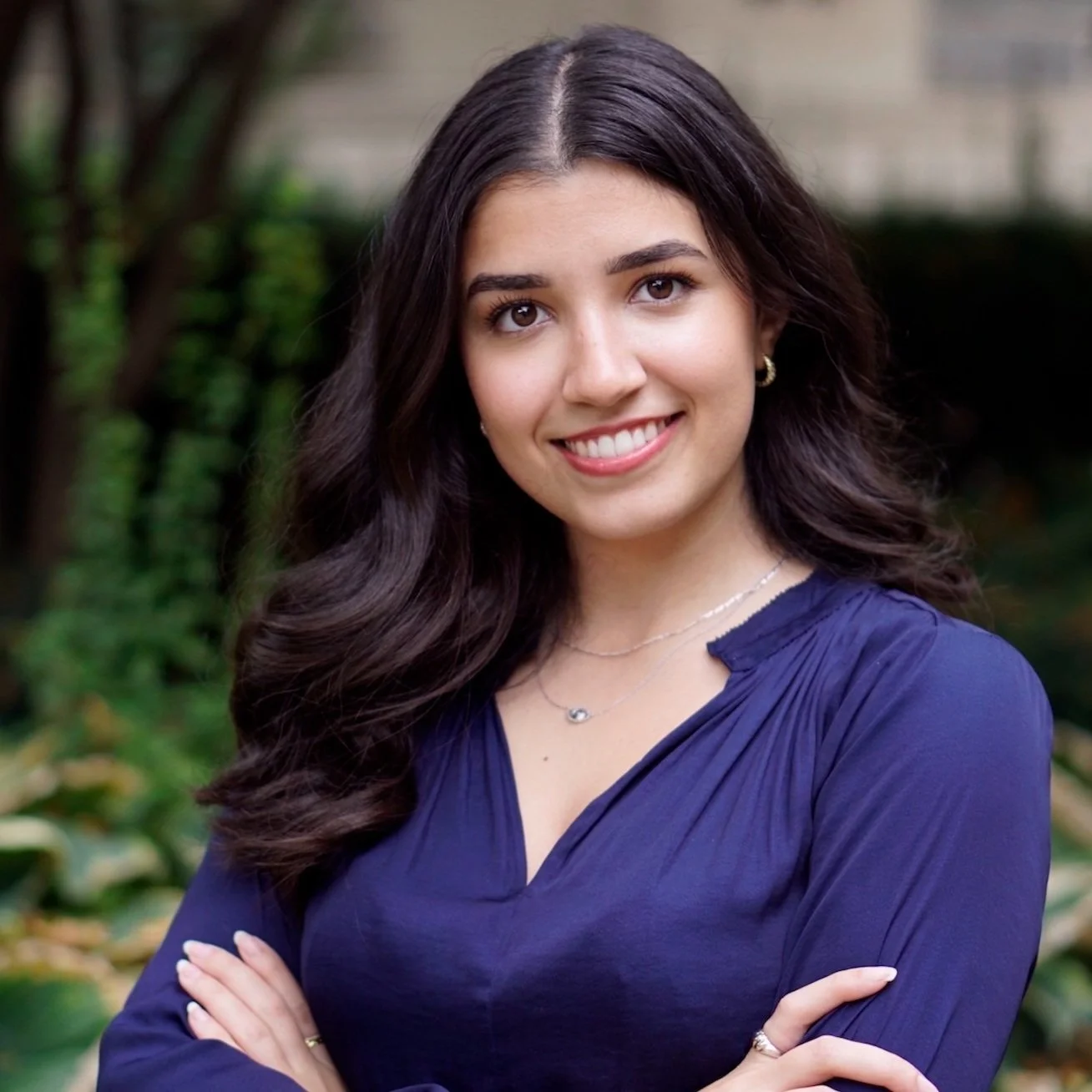
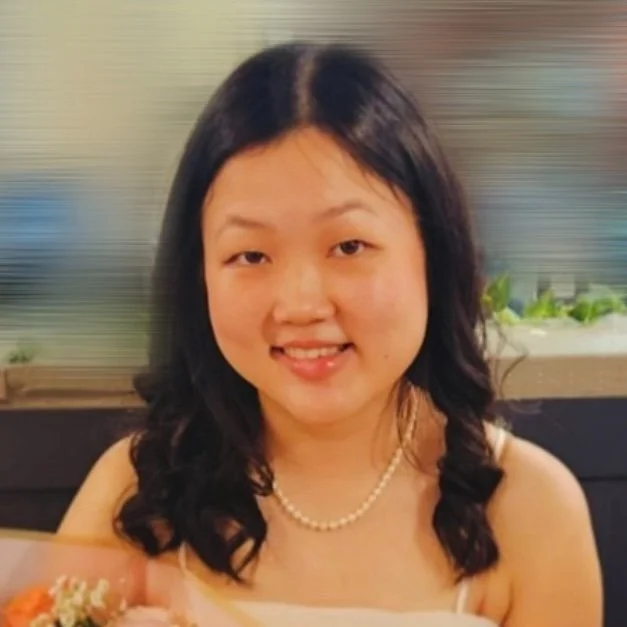







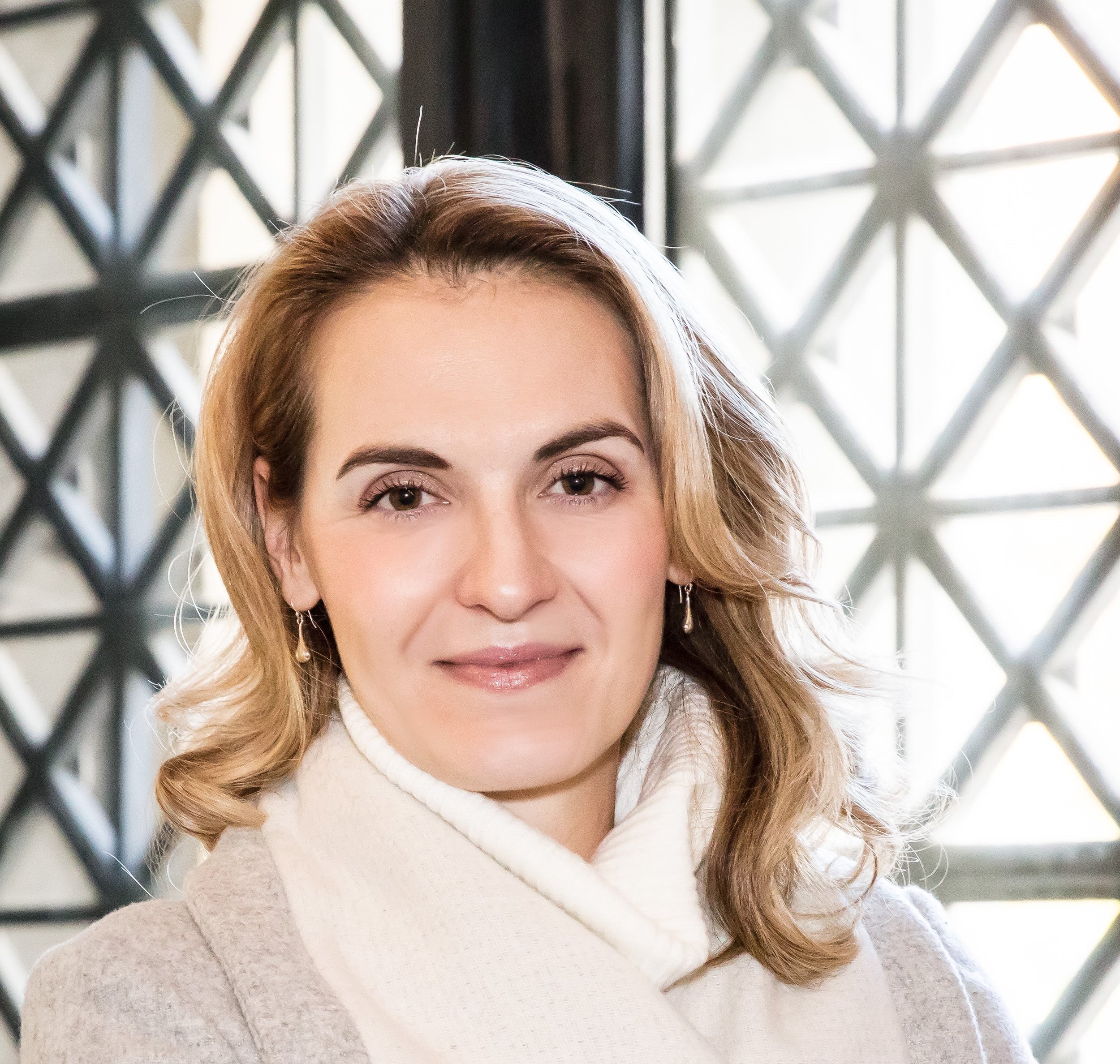







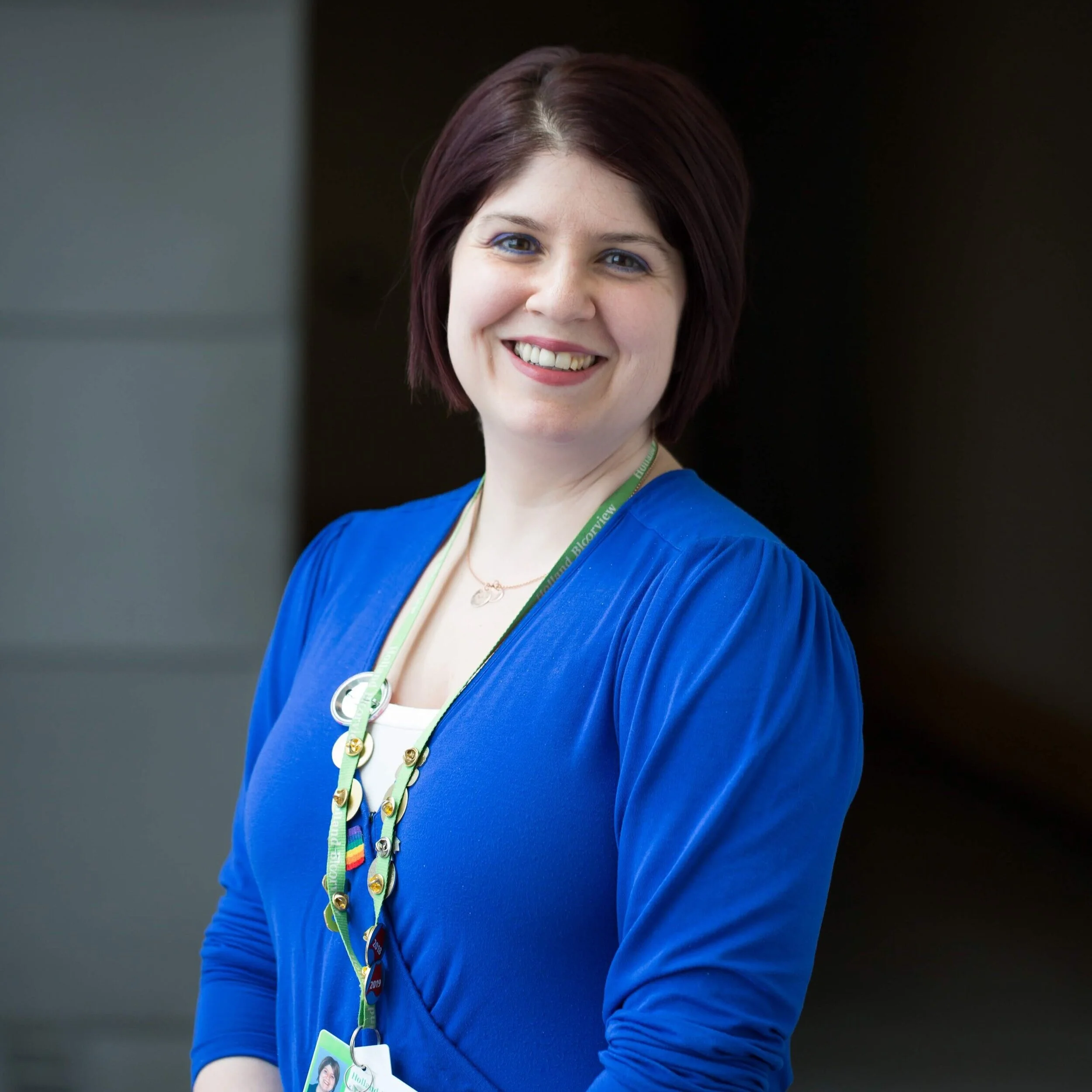

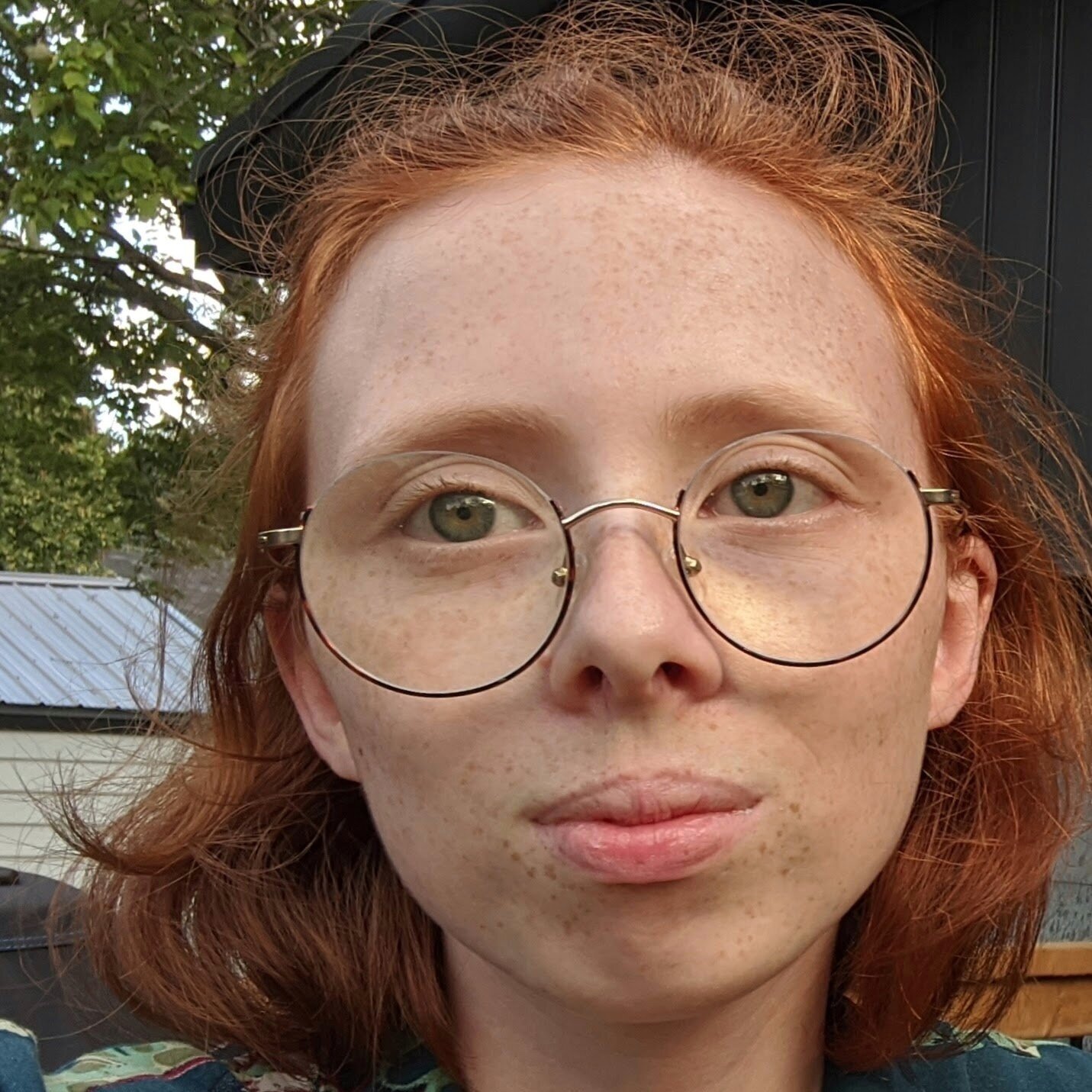

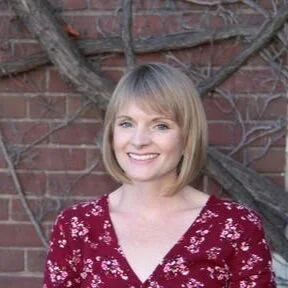










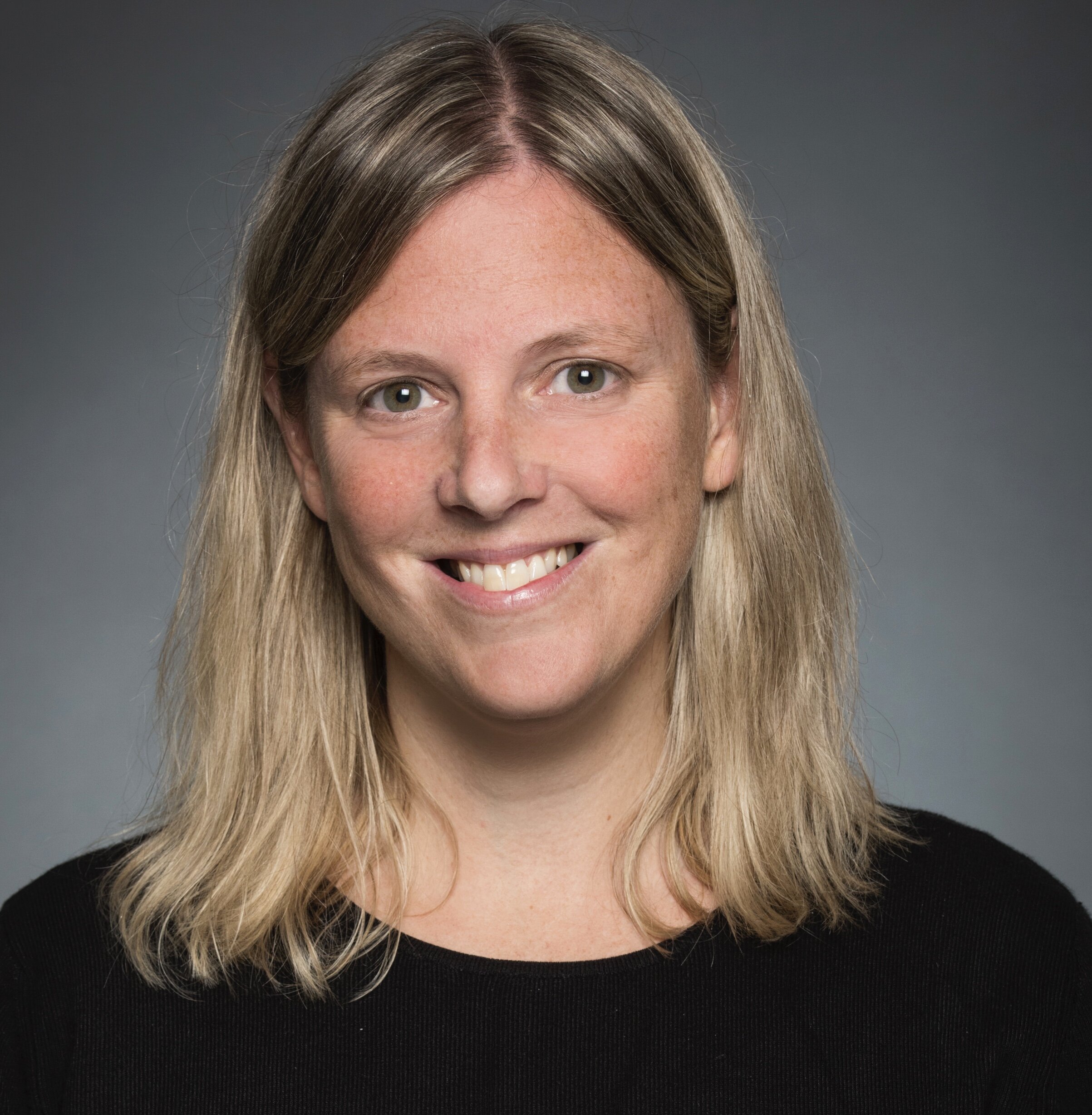

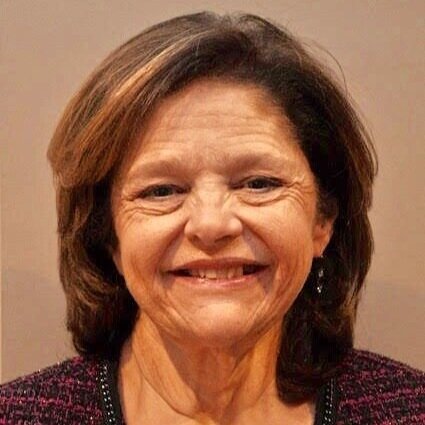








Helen Carlson
Research Assistant Professor, Pediatrics (University of Calgary)
Bio | SPORT Project Co-Investigator